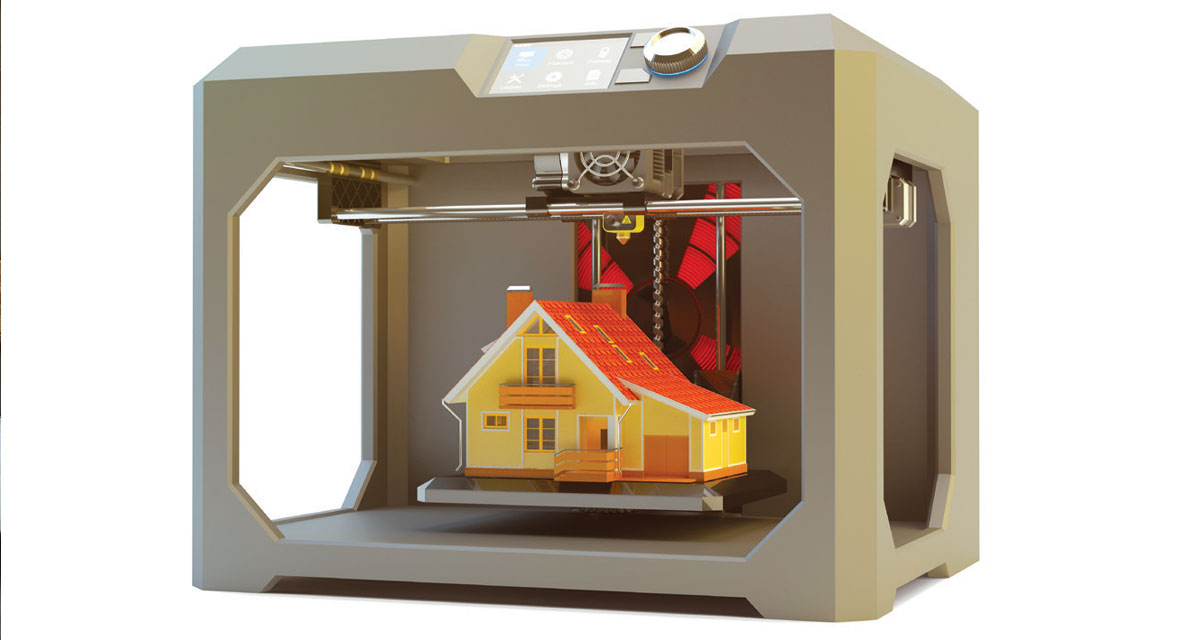The changes to our spending habits were some of the biggest of the pandemic.
From dine-in delivery to home buying, budgets are realigning to the transformed economy, as consumers opt-in to the new retail experience. While the long-term impacts will be sorted out later, new trends are emerging around how our hard-earned dollars are spent.
Delivery Remains Essential
Delivery service grew exponentially during the pandemic. LendingTree said in August that more than 196 million Americans used one in the last year, with 30 percent admitting to overspending on it.
Fueled by the pandemic, shoppers grew accustomed to delivery. While the most popular were services from online retailers like Amazon, food delivery was a close second. LendingTree reported consumers now have an annual spend of about $2,000 for delivery services.
The delivery era is poised to stay. LendingTree found 45% of Americans plan to continue using delivery as often as they did during the pandemic. For savers, LendingTree offers this advice: compare prices and find the best deals to avoid blowing your budget.
Millennials Budget More for Travel
As more Americans traveled during the summer, patterns emerged about how different generations planned to spend. For example, millennials showed more willingness than other generations to spend more on trips, according to GetYourGuide.com, a travel-booking platform, from a study conducted in July.
Not only were they willing to spend more, they were also more willing to pay to have someone else to plan excursions for them. GetYourGuide.com also reported millennials as budgeting more for unique experiences during their travel than other generations.
Niche Homes Hit Mainstream
The 3D printed home has hit the mainstream, according to the latest survey from Realtor.com. And while only a small number have been sold to-date, Realtor found that 66% of all consumers and 75% of millennials would consider living in a 3D printed home.
The survey also showed that recent homebuyers had a higher awareness of the new technology, which uses 3D printer robotics. It also holds promise to bring ownership to potential first-time buyers frustrated with the sellers’ market, Realtor.com said, adding innovations associated with affordable 3D printed homes could help restore balance to the market.
Realtor.com said consumers like the potential of 3D printed homes for energy efficiency, disaster resistance, speed-to-build, ability to customize, and less building waste. But most consumers still want to see how the technology pans out, Realtor.com added. Fun fact: some 3D printed homes can be “built” in a day.
Parents Are Top Financial Influencers
One area flagged for improvement during the pandemic was personal finance education. The National Financial Educators Council (NFEC) released the results of a study this Spring that said parents should take a more active role in teaching kids about money.
NFEC said while mothers and fathers evenly split teaching conversations about money with kids, more than half of millennials learned little about personal finance from their parents. NFEC also found the vast majority of Americans favor teaching kids about money in high school. NFEC said parents should make conscious and consistent efforts to model good financial decision-making and provide opportunities for kids to practice budgeting, saving and spending.
Tooth Fairy Payments Increase
The pandemic hasn’t been easy on the Tooth Fairy’s budget. Tooth Fairy payouts during the pandemic reached all-time high, according to new findings from Delta Dental’s Original Tooth Fairy Poll. This year’s poll showed the average cash gift reaching $4.70 a tooth, the highest amount in the poll’s 23-year history.
It sounds like a lot, but it’s only four cents higher than the previous peak in 2017. The value of a tooth when the poll began in 1988: $1.30. Delta Dental points out that the value of the Tooth Fairy’s giving tends to mirror the economy’s overall direction – so the long-term tripling in price may not be such a bad thing.


















